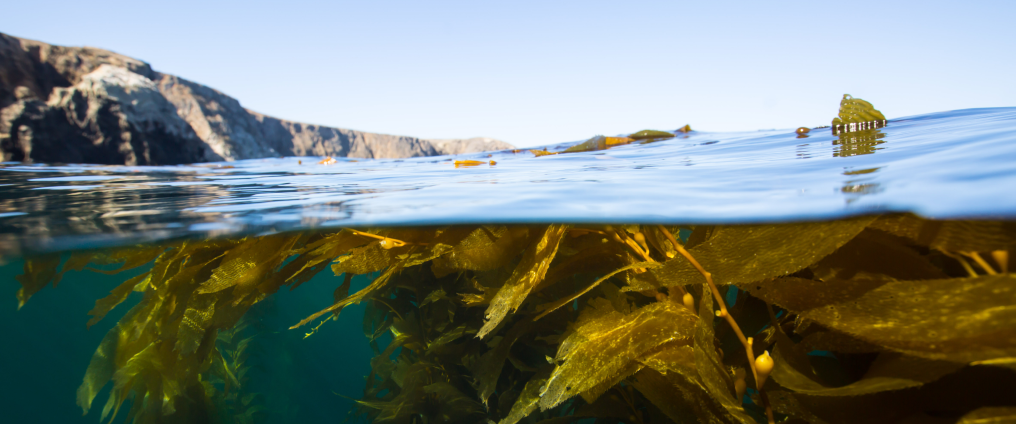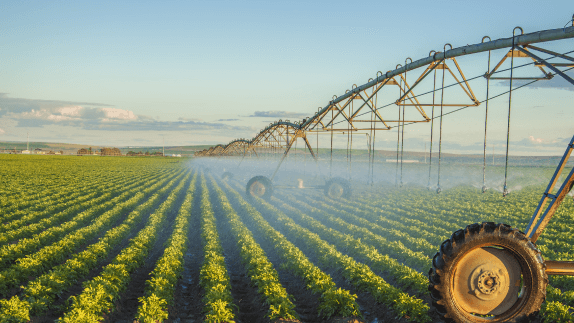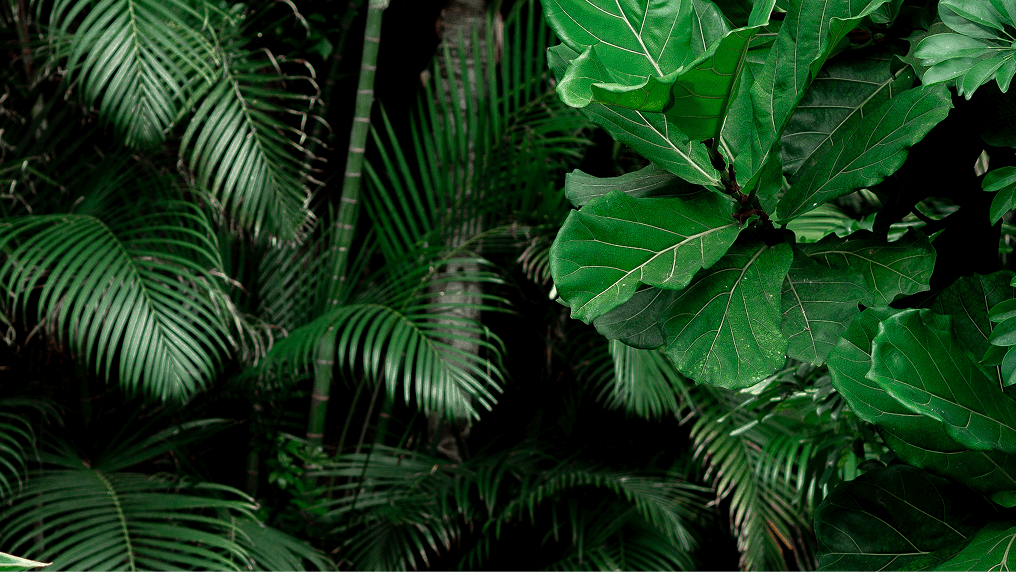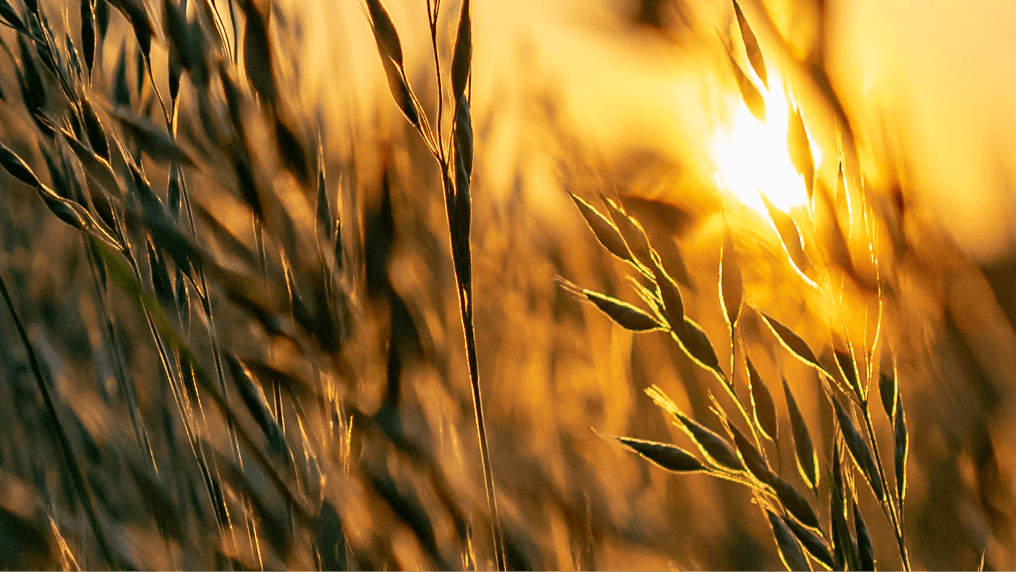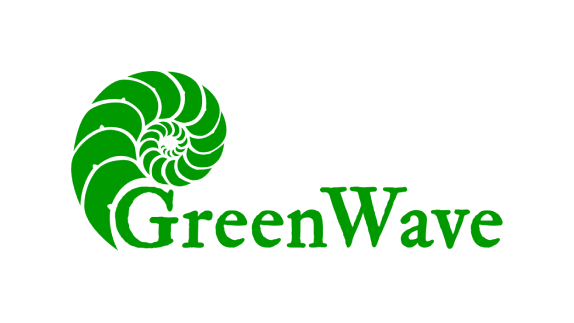
GreenWave’s polyculture ocean farming method produces a mixture of shellfish and seaweeds in a way that benefits nature. Their system comprises a simple 3D lattice of ropes and baskets suspended just below the surface, with different species growing at different depths. The system can be used for commercial farming of marine products that are used for food, fertiliser, animal feed and bioplastics, as well as for the restoration of marine ecosystems.
GreenWave is based in Connecticut and was set up by a former fisherman called Bren Smith, who had become disillusioned with the damage inflicted by commercial fishing on the planet’s oceans. Smith established the non-profit GreenWave to catalyse the regenerative ocean farming movement. As well as leading this, he also manages his own 20-acre Thimble Island Ocean Farm, producing 30 tonnes of highly nutritious seaweed and 250,000 shellfish every five months.
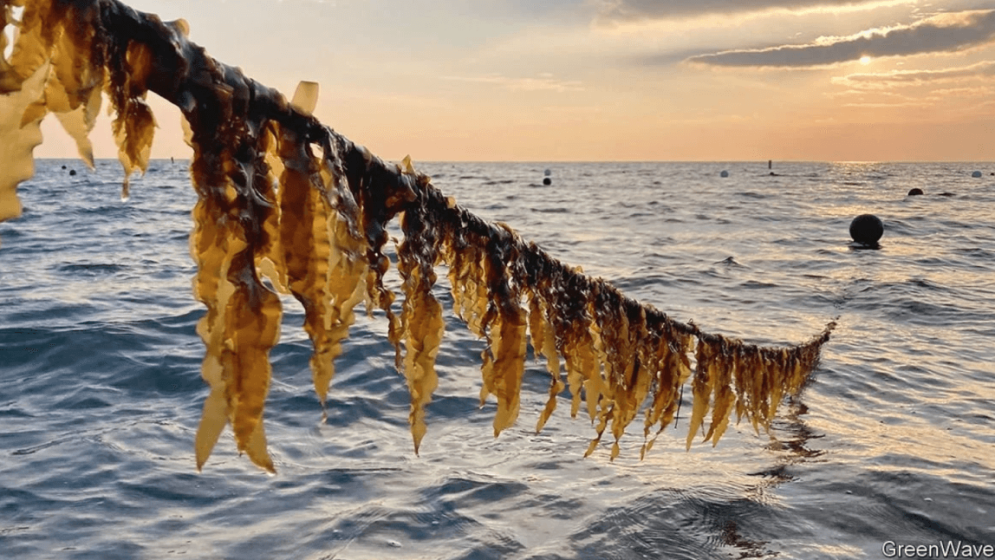
GreenWave’s mission is to provide training, tools and other support to a network of 10,000 regenerative ocean farmers by 2030, prioritising fishermen, indigenous coastal communities, and those directly affected by climate change.
Progress towards this goal is looking good. Right now, there are about 8,000 people on the waiting-list for its ocean-farming programme.
What makes it circular
So much of the climate discussion around the ocean has focused on its role as a victim (vanishing marine species, acidification) or a threat (rising sea levels threatening lives and livelihoods), but little attention has been focused on the ocean’s tremendous potential as a tool to mitigate and even reverse the underlying causes.
Every year the ocean absorbs 90% of the excess heat trapped by greenhouse gases and 30% of the world’s atmospheric CO2, but to continue to play a role in the face of accelerating emissions, the ocean needs a little support. This is where GreenWave’s regenerative ocean farming model comes in.
Regenerative ocean farming does not require any inputs in the production process as the ocean contains enough nutrients to support healthy growth. Having said that, storm run-off from coastal farmland or flow from river estuaries often contains excess nitrogen and phosphorus due to excessive fertiliser use. Regenerative ocean farms are able to soak up some of these nutrients, reducing the likelihood of algal eutrophication and the potential risk of oceanic dead zones.
Besides providing ‘ecosystem services’, regenerative ocean farms can also boost marine biodiversity. The farms’ assemblies mimic the vertical structure of an ocean reef, providing layers of different habitats for a wide diversity of marine species.
The polycultural method of regenerative 3D ocean farming is very effective as it stacks a number of enterprises on top of each other, creating high abundance in a small area. As the growing structure is fairly simple, start-up costs are low. Anyone with access to 20 acres and a boat, can set up a farm for USD 20,000 - 50,000, producing about 60,000 kg of kelp and 250,000 shellfish each year.
Oceans cover 70% of our planet but only produce 2% of our food. Regenerative ocean farming offers the possibility of a marine production system that is both high-yielding and contributes to the regeneration of marine ecosystems.

Julia Lohman kelp sculpture
What are the benefits
Besides a potentially attractive return on investment, there are many other benefits associated with regenerative ocean farming, covering most of the important characteristics of the circular economycircular economyA systems solution framework that tackles global challenges like climate change, biodiversity loss, waste, and pollution. It is based on three principles, driven by design: eliminate waste and pollution, circulate products and materials (at their highest value), and regenerate nature..
Seaweed and shellfish ocean farms regenerate natural systems by reducing ocean acidification and providing a habitat for a diverse number of marine species.
A typical 20-acre farm can sequester 9,000 kg of carbon dioxide and 300 kg of nitrogen in one year.
Seaweeds are a nutritious ingredient that contain high amounts of omega-3, potassium, iron, calcium and fibre. Many chefs and other food designers are now actively sourcing ingredients that are both nutritious and benefit nature.
Regenerative ocean farming is a tool for climate adaptation. Large floating masses of aquatic plant life absorb the energy of storm surges, reducing risks to coastal communities.
According to the World Bank, farming seaweed in just 0.1% of the world’s oceans could create 50 million direct jobs, and a further 100 million associated jobs.
The potential for scaling up is immense. The World Economic Forum has estimated that if seaweed production was increased by 14% each year, by 2050 it would have boosted the global supply of food by 500 million tonnes, equivalent to 10%.
Scaling up
Despite the potential of the ocean farming approach, there are a number of obstacles that new farmers face in developing their business:
Securing the required permits can be a bureaucratic process involving numerous state agencies as well as overcoming the nimbyism of coastal villa owners.
Identifying the right locations for farms takes on board many physical parameters. GreenWave has recently partnered with the National Ocean and Atmospheric Administration to deploy cutting-edge sensor technology to help model and predict optimal sites.
Being a relatively niche product, the infrastructure is not in place for large scale processing of seaweed and kelp. The Sea Grant Network has recently established a National Seaweed Hub to act as a support institution for the nascent industry.
To increase demand GreenWave has set up a buyer’s network that stretches from New York to Maine. A partnership with the Crop Project, a NY based first-stage processor, led to a 400% increase in sales.
Raw kelp has a limited shelf-life, it needs to be harvested and processed within a small window of time. Local processing plants would help address this. GreenWave is also working with the US Department of Agriculture to develop innovative fresh packaging technology and shelf-stable products to further increase farmer opportunities.
Further reading:
Negative emissions ‘the blue economy’ – explainer
GreenWave videos
Kelp Wanted – the Economist
